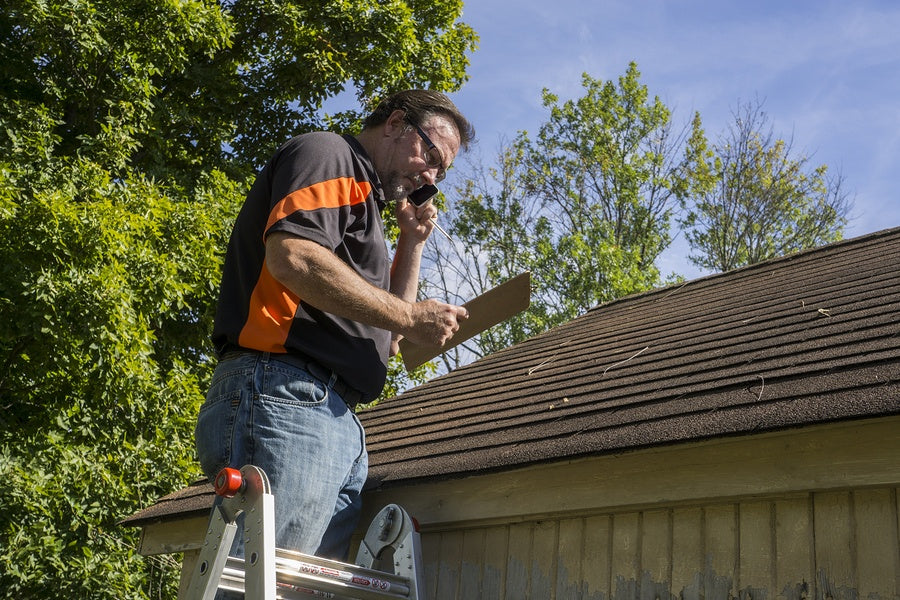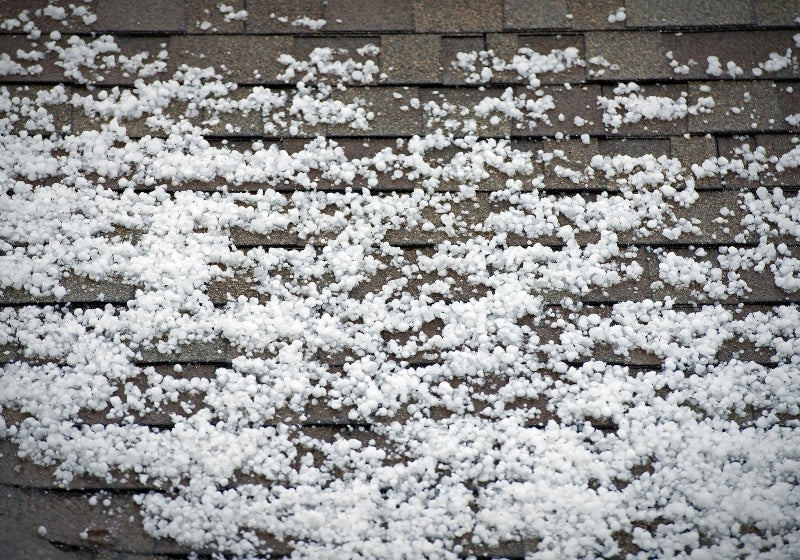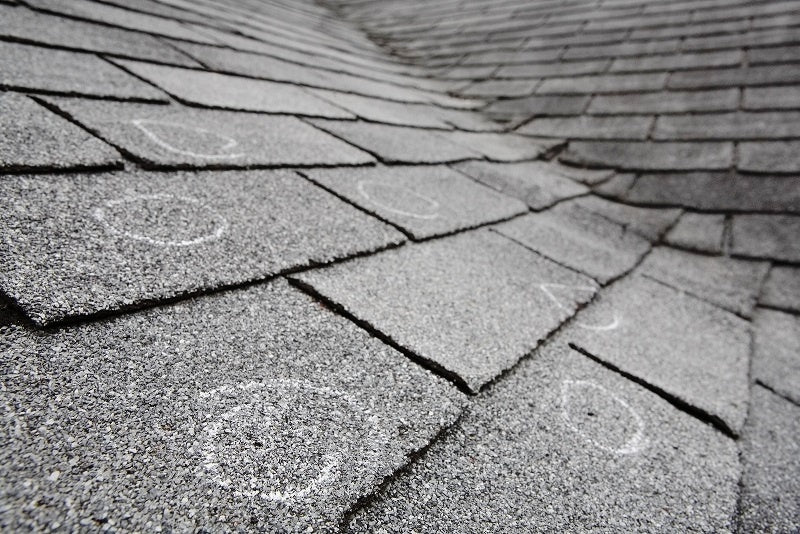- All posts
- Concrete
- Driveway
- electric heated mats
- Energy Efficiency
- Enjoy
- Hail
- Health
- Heated Driveways
- Heated Floor Mats
- Heated Mats
- Home Maintenance
- Ice
- ice dams
- Landscaping
- Liability
- Michigan
- Press + Praise
- Property Maintenance
- residential
- Roof
- Roofs
- safety
- salt
- Senior Safety
- Shoveling
- shovelling
- Slip and Fall
- Snow
- snow and ice management
- Snow and Ice Removal
- Snow Melting
- Snow Melting Mats
- Snow Removal
- Snow Removal Contractor
- Winter Car
- Winter Driving
- Winter Gardening
- winter prep
- Winter Safety

Driveway
The Average Cost of Hail Damage Repair
Many homeowners are prone to ask, "What does it cost, on average, to repair the damage done by a hail storm?" The question is important, and hail damage repairs can often cost thousands of dollars...

Roofing 101: Can You Spot the Signs of Hail Damage?
When a major hail storm strikes and you fear your roofing may have been damaged, it is critical that you have a basic understanding of how to do a preliminary hail damage check. If, after surveyin...
